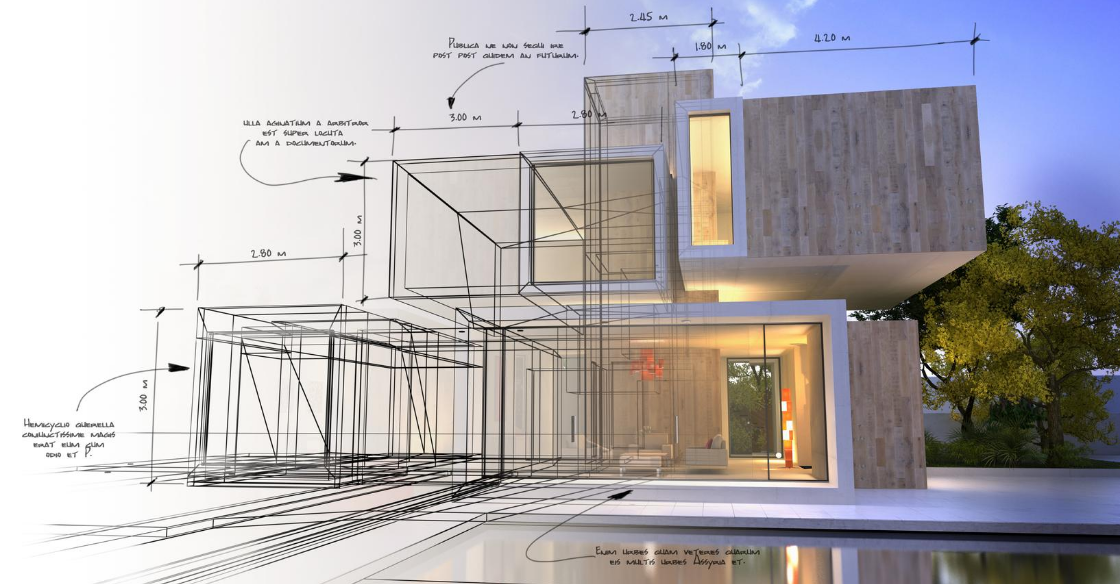A Comprehensive Summary of Building Styles and Their Influence on Modern City Preparation and Growth
Architectural styles have actually long offered as a mirror to the social worths and technical advancements of their time, playing a crucial role in forming contemporary city preparation and development. From the majesty of Neoclassicism to the utilitarian approach of Brutalism, each design has introduced unique ideas that influence metropolitan appearances and functionality. As modern obstacles arise, consisting of sustainability and area demands, recognizing these historic frameworks becomes important. The resulting dialogue not only educates future layout methods however also raises relevant questions concerning the equilibrium between heritage and development in our evolving city landscapes.
Historical Introduction of Building Designs

As cultures transitioned with the Middle Ages, Gothic architecture arised, identified by its verticality and intricate outlining, matching the spiritual aspirations of the era. The Renaissance marked a rebirth of timeless suitables, merging art and architecture in cutting-edge methods that influenced succeeding designs across Europe.

Today, building styles remain to advance, driven by globalization and sustainability issues, mirroring a dynamic interplay in between heritage and innovation. This historical introduction underscores the importance of style as a mirror of societal evolution and as a driver for city development.
Secret Architectural Styles Explained
The variety of building styles reflects the myriad influences that form our constructed environment, each embodying unique attributes and social significances. Key architectural designs consist of Timeless, Gothic, Baroque, Innovation, and Postmodernism, each standing for unique historical contexts and aesthetic approaches.
Timeless style, rooted in old Greece and Rome, emphasizes symmetry, proportion, and the use of columns (cda architects). In contrast, Gothic design, growing in the center Ages, is identified by sharp arcs, ribbed vaults, and flying buttresses, developing an angelic high quality in basilicas. Baroque design, emerging in the 17th century, is marked by splendour, fancy decoration, and a dynamic interplay of light and shadow
Innovation, which obtained energy in the very early 20th century, prioritizes function over form, utilizing brand-new products like steel and glass to produce minimalist frameworks. Postmodernism, responding versus the austerity of Modernism, embraces eclecticism and historical recommendation, usually integrating playful elements and irony.

Influence on Urban Planning
In forming the development of cities, architectural styles substantially affect urban planning decisions. The option of building design often dictates the looks, functionality, and general personality of urban atmospheres.
Furthermore, architectural styles can affect zoning guidelines and land make use of plans. Urban planners should think about the dominating building fads when designing districts, making sure that brand-new advancements integrate with existing frameworks. This consideration promotes natural city landscapes and boosts community identity.
The implementation of specific architectural designs can also influence socioeconomic variables within a city. view publisher site As an example, premium modern styles might bring in wealthy citizens and organizations, causing gentrification, while a lot more economical housing solutions could focus on useful and lasting layouts to fit diverse populaces. Eventually, the interplay in between architectural designs and urban preparation produces vibrant cities that show both historic context and contemporary demands, shaping the lived look here experiences of their inhabitants
Sustainability and Modern Style
Architectural designs play a pivotal function in dealing with modern challenges, specifically in the realm of sustainability. As city areas increase and environmental worries magnify, modern-day architecture progressively embraces sustainable layout principles that focus on energy performance, resource preservation, and minimal environmental influence.
Contemporary architectural motions, such as biophilic layout and green design, supporter for structures that integrate with their surroundings, utilizing all-natural products and promoting biodiversity. These styles commonly incorporate eco-friendly power sources, such as solar panels and wind generators, to lower reliance on nonrenewable fuel sources and reduced carbon impacts.
In addition, the integration of sophisticated modern technologies, such as clever building systems, enhances power monitoring, maximizing resource usage while making sure owner convenience. Innovative water administration approaches, consisting of rain harvesting and greywater recycling, further add to sustainable city settings.
Notably, sustainability prolongs beyond environmental issues; it includes social and economic measurements as well. By promoting area well-being and promoting inclusivity, modern-day building designs line up with lasting advancement goals. Consequently, the evolution of building practices proceeds to shape resilient cities that not only meet the needs of the existing but additionally guard the future for generations ahead.
Area Involvement in Layout
Neighborhood engagement in layout offers as a critical bridge in between designers and the additional reading populations they serve, making certain that the constructed environment mirrors the requirements and aspirations of its customers. This collective process invites area members to add their insights and choices, promoting a sense of possession and obligation toward the areas they inhabit.
Reliable community involvement employs numerous techniques, such as workshops, surveys, and public discussion forums, to gather varied perspectives. These strategies help with a two-way discussion, allowing engineers to understand neighborhood contexts while empowering citizens to voice their worries and needs. This inclusivity not only boosts the design top quality but likewise advertises social equity by dealing with the unique difficulties encountered by marginalized groups.
Additionally, community interaction can lead to ingenious options that could not emerge in a standard layout process. By incorporating local expertise and cultural worths, architects can develop areas that reverberate even more deeply with individuals, boosting usability and sustainability. Eventually, focusing on area engagement in style procedures causes environments that nurture social interactions, support wellness, and strengthen neighborhood connections, therefore playing a pivotal role in shaping contemporary metropolitan landscapes.
Final Thought
Architectural designs have actually greatly affected modern-day city preparation and growth, mirroring evolving cultural and technological contexts. The integration of historical appearances with modern demands cultivates city environments that focus on sustainability and community engagement. As cities proceed to expand and adjust, the recurring discussion between architectural heritage and modern-day design concepts will certainly continue to be crucial in creating inclusive, vibrant rooms that boost lifestyle and advertise social equity. The future of metropolitan development rest on this unified balance.